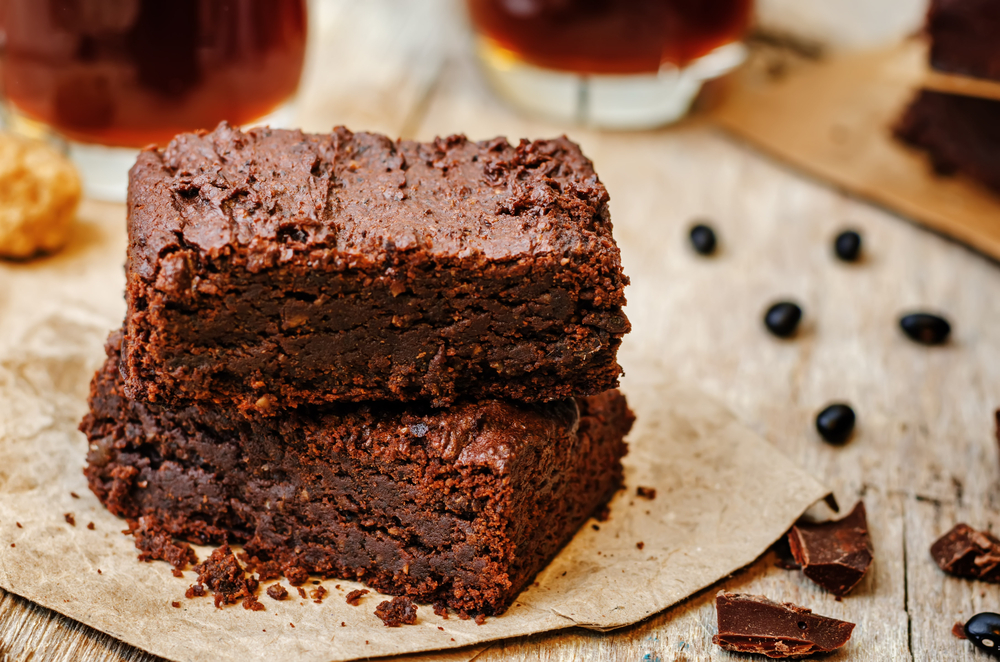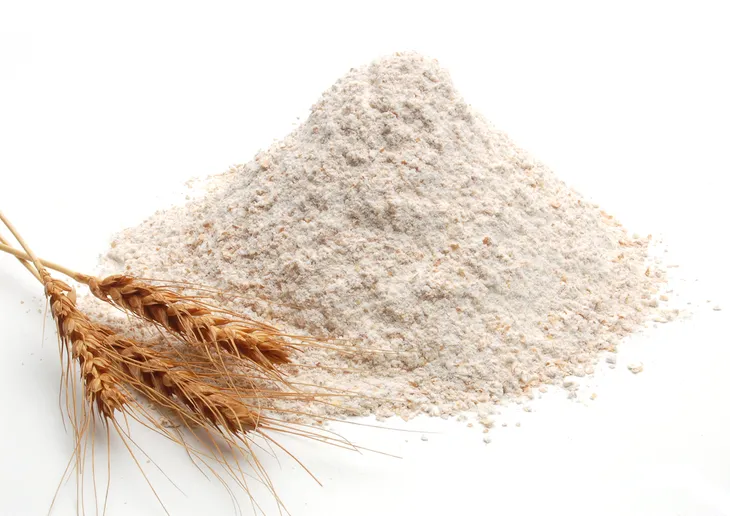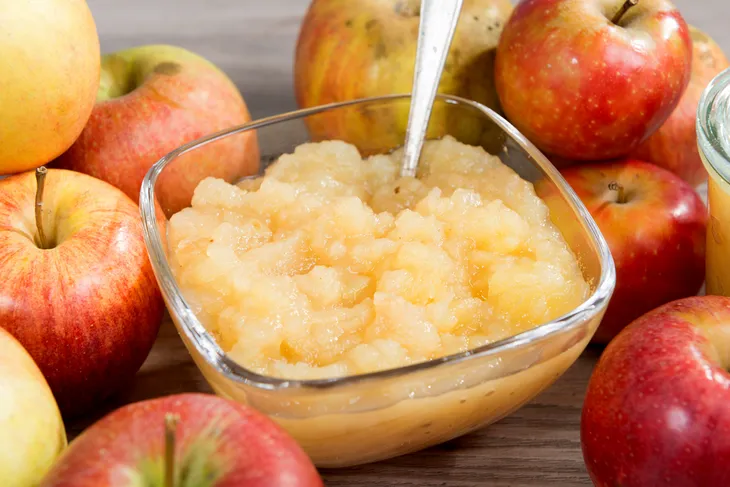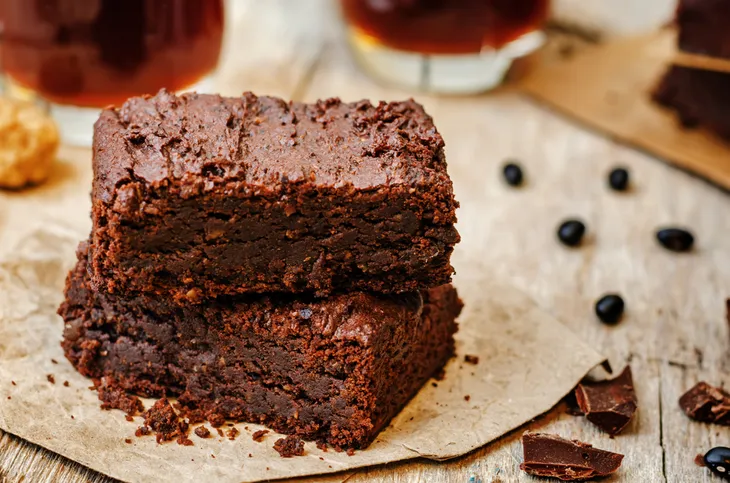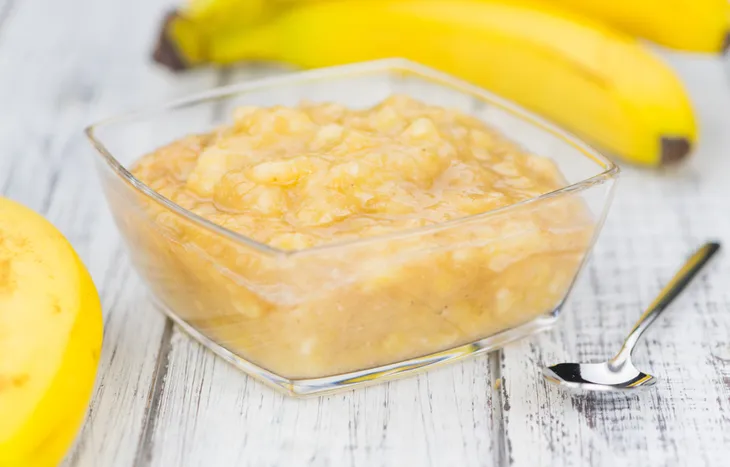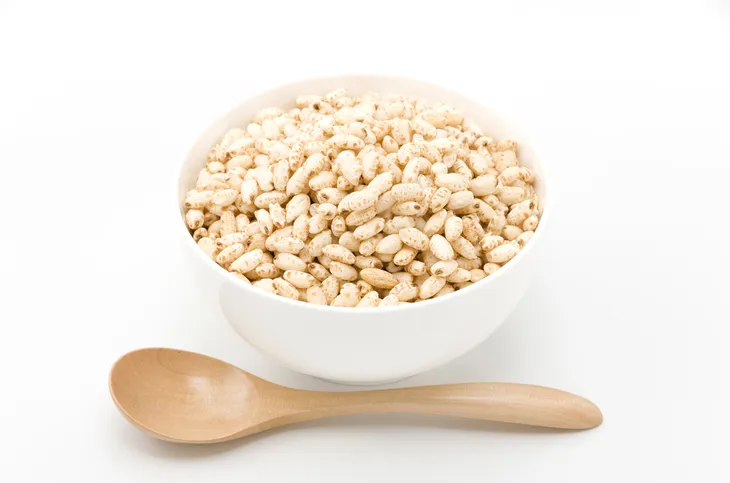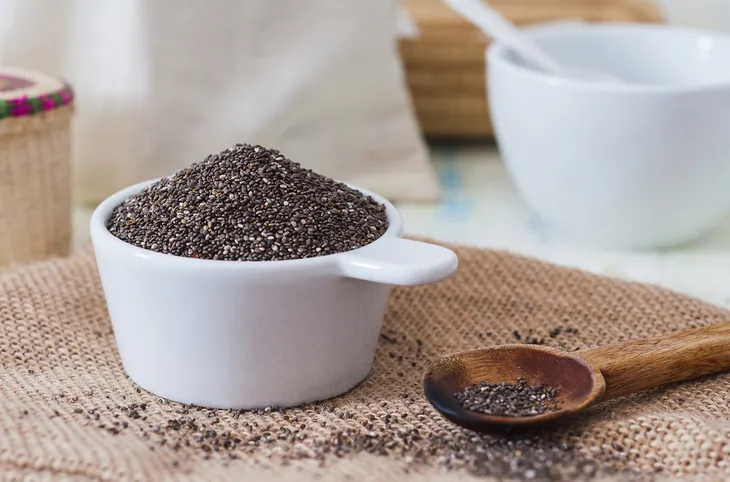Muffins, breads, cookies, and cakes—if you like to bake like I do, it’s in the best interest of your health and your waistline to make your baking healthier. Baking substitutions can help cut heart-harming fats, refined sugars, and empty calories from your favorite bundt cake or dessert loaf.
Here are eight substitutions for healthier baked goods…
Whole Wheat Flour
If you opt for a bag of whole wheat flour versus regular old refined white flour, you’ll be cutting the empty calories in your muffins and cakes while boosting the amount of heart-healthy fiber. Bake up a warm loaf of bread with whole wheat flour instead of regular white flour and help lower your risk of high cholesterol and type II diabetes with each slice.
Unsweetened Applesauce
While most cookies and muffins call for a heaping cup of sugar per batch or dozen, you’re sprinkling in approximately 600 extra calories in refined sweetness alone. However if you substitute the refined white sugar for unsweetened applesauce, you’ll lower the need for added liquids, like vegetable oil or melted margarine, needed in your recipe as well—lowering both empty calories and fat in one fruity cup.
Mashed Avocado
The creamy consistency and taste of mashed avocado mixes subtly with chocolate recipes and offers a heart-healthier substitute for butter in cookie, brownie, and dessert squares. Substitute each cup of butter with a pureed cup of avocado in your recipes for a lower calorie, omega 3-rich boost. Just refrain from coating pans with avocado in place of butter as the fruit doesn’t melt quite as effectively and may stick and burn.
Black Beans
When you think about incorporating black beans into your brownie recipe, it might not sound very appetizing. However, pureed in your food processor and used in place of white refined flour, black beans blend smooth and make your brownie base, fluffy, moist, lower calorie, higher in fiber, and completely gluten-free!
Mashed Bananas
When it comes to a potassium-rich, lower calorie, and higher-fiber loaf of dessert bread, mashed and over-ripe bananas make a much healthier substitute for margarine, vegetable oil, or lard in banana bread or muffins. With the mashed banana, you’ll also get an added vitamin B6 boost.
Brown Puffed Rice
When it comes to simulating texture, brown puffed rice can easily be swapped for white puffed rice cereal in square recipes. Brown rice cereal can be substituted equally and it packs lower calories, as well as the added fiber and nutrition of whole grains.
Stevia
You can save a lot on empty calorie content in almost any baked treat by using Stevia in place of refined white sugar. If you substitute Stevia, a tropical plant that hails from the sunflower family, just be sure to use much less than the amount of sugar called for. This dried herb plant (for purchase in liquid and granular form) packs double the sweetness of sugar—with zero calories.
Chia Seeds
Ch-ch-ch-chia! You can reduce half the butter or whole eggs (not both in the same recipe) in your muffins, cakes, and breads if you sprinkle in chia seeds instead. These tiny seeds are considered a superfood because they are high in protein, potassium, fiber, and heart-healthy omega-3 fatty acids. Plus, they add a fragrant and sweet-nutty consistency to breakfast bars and oatmeal cookies.
